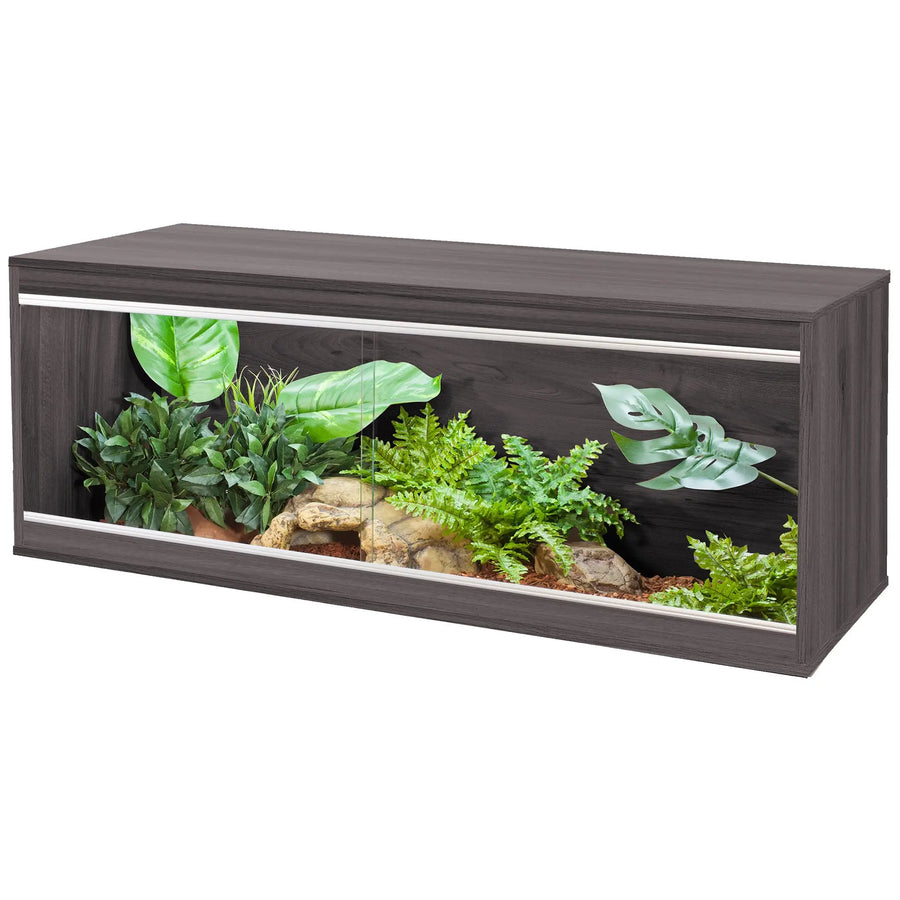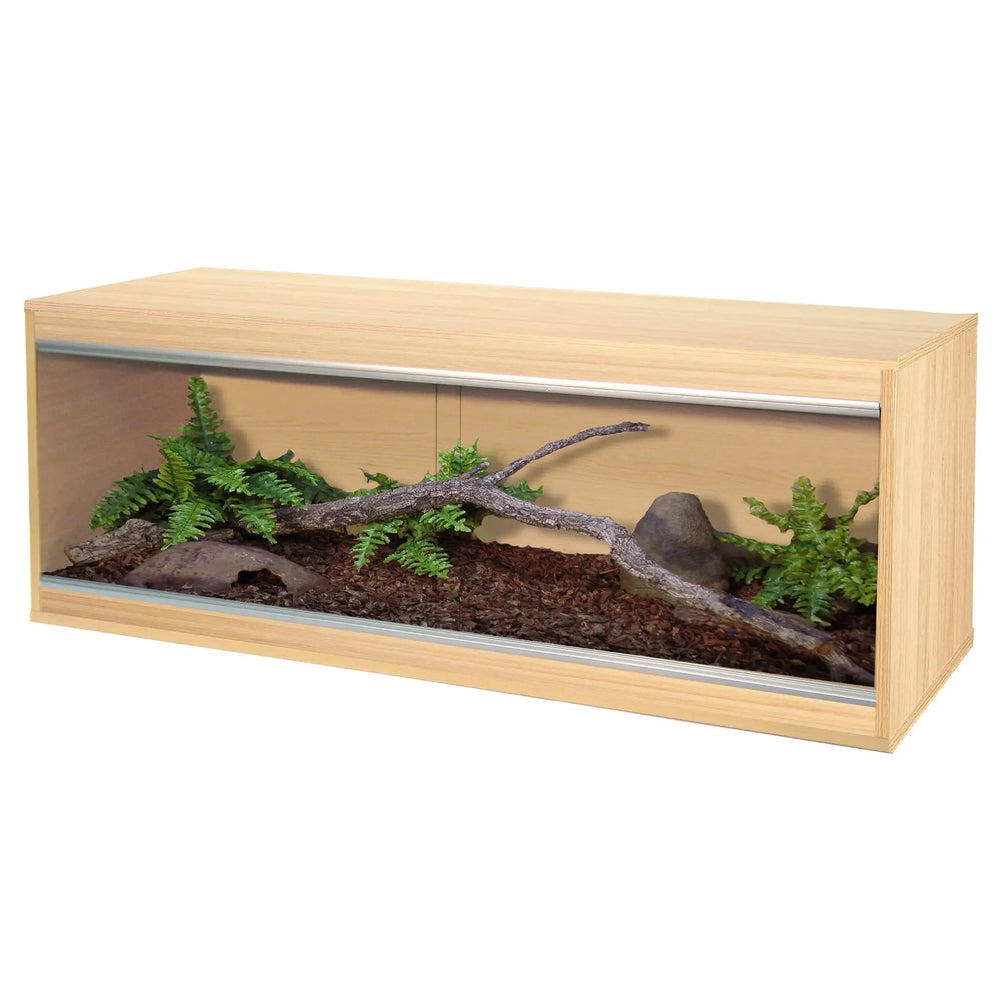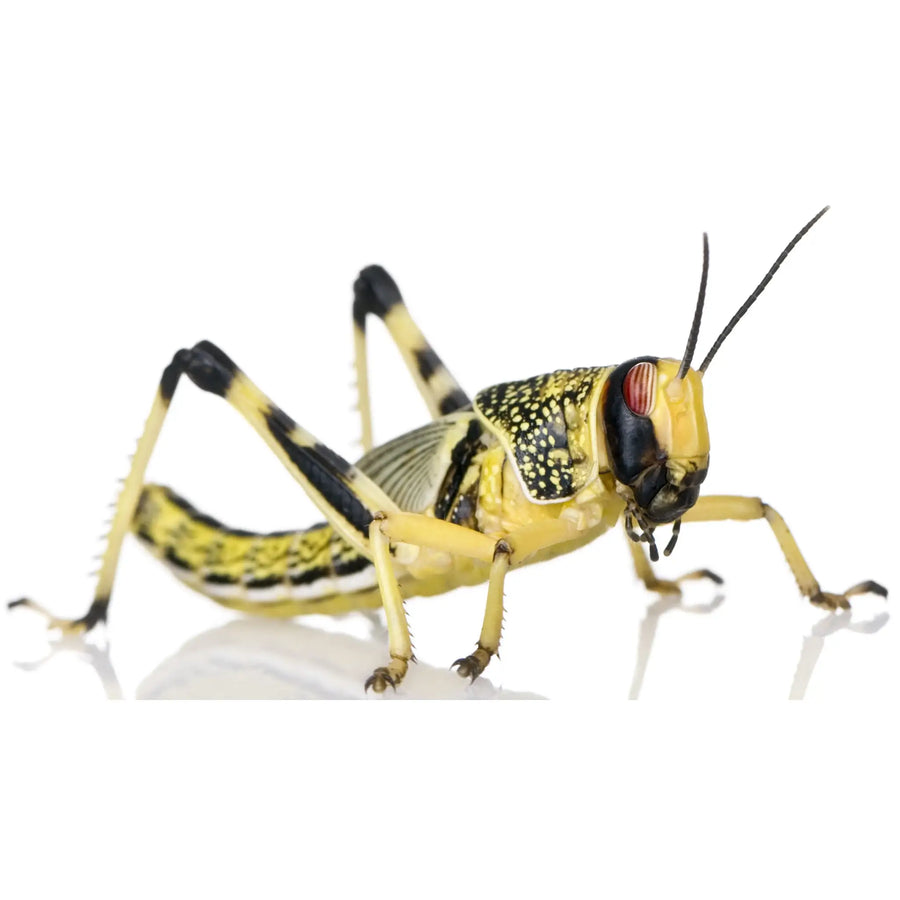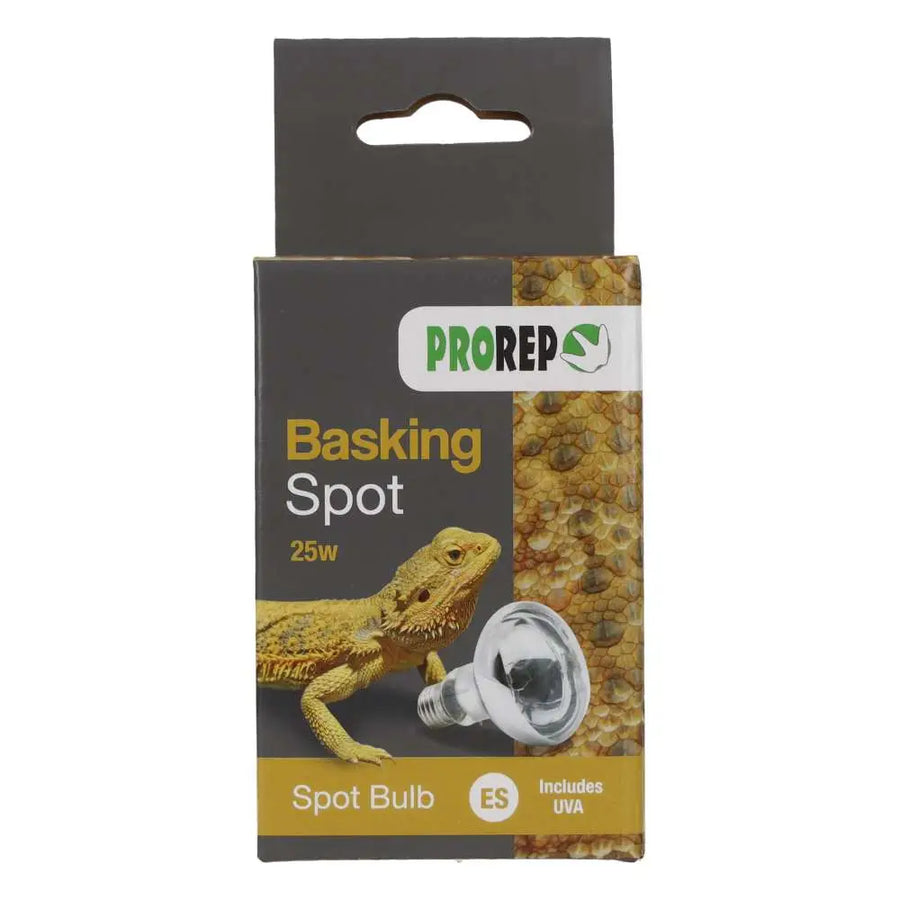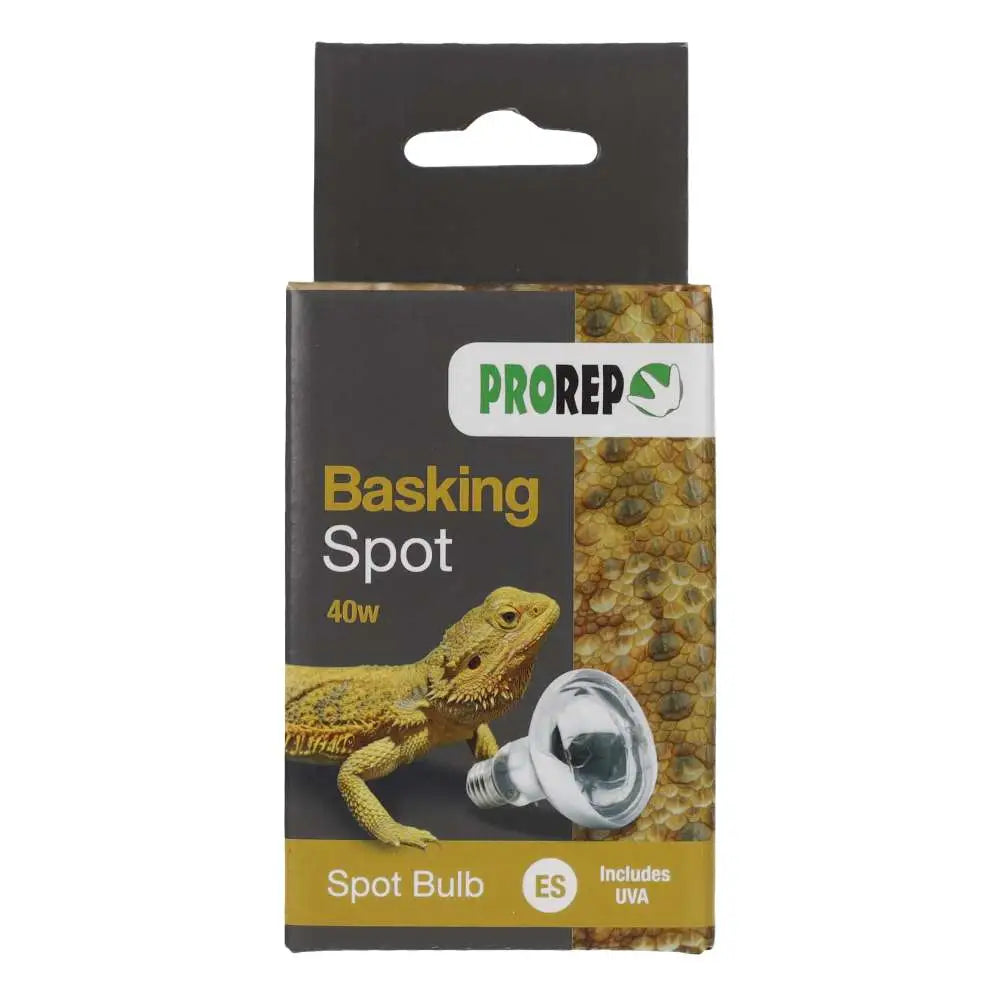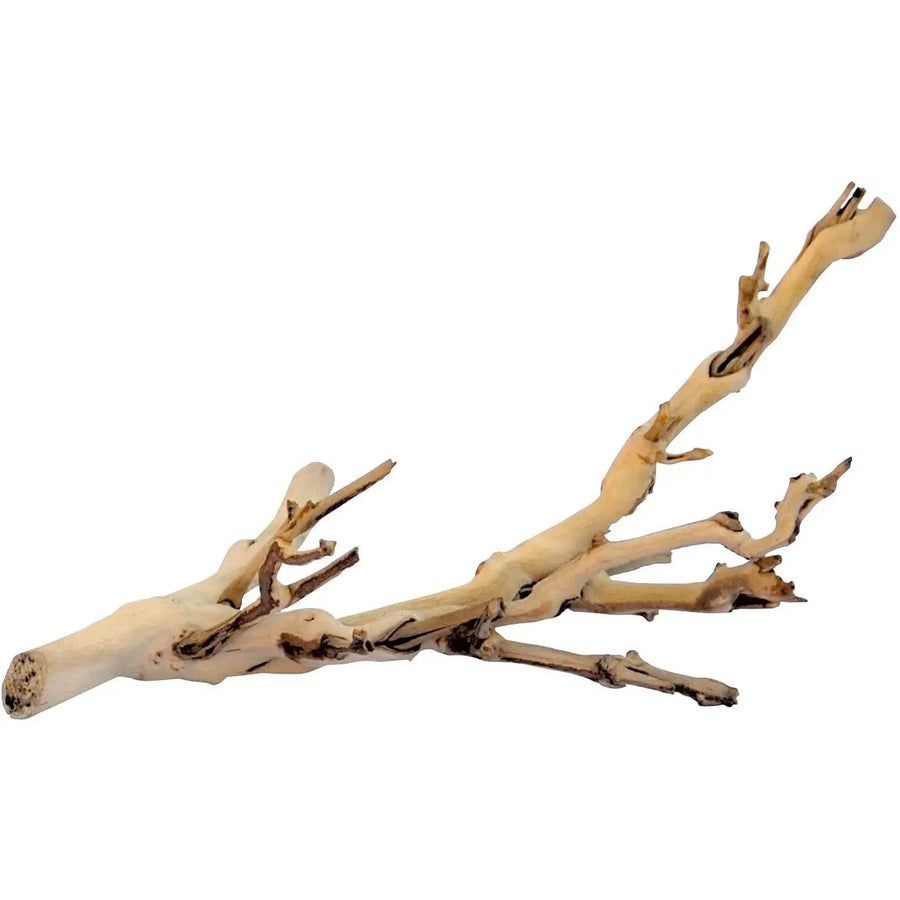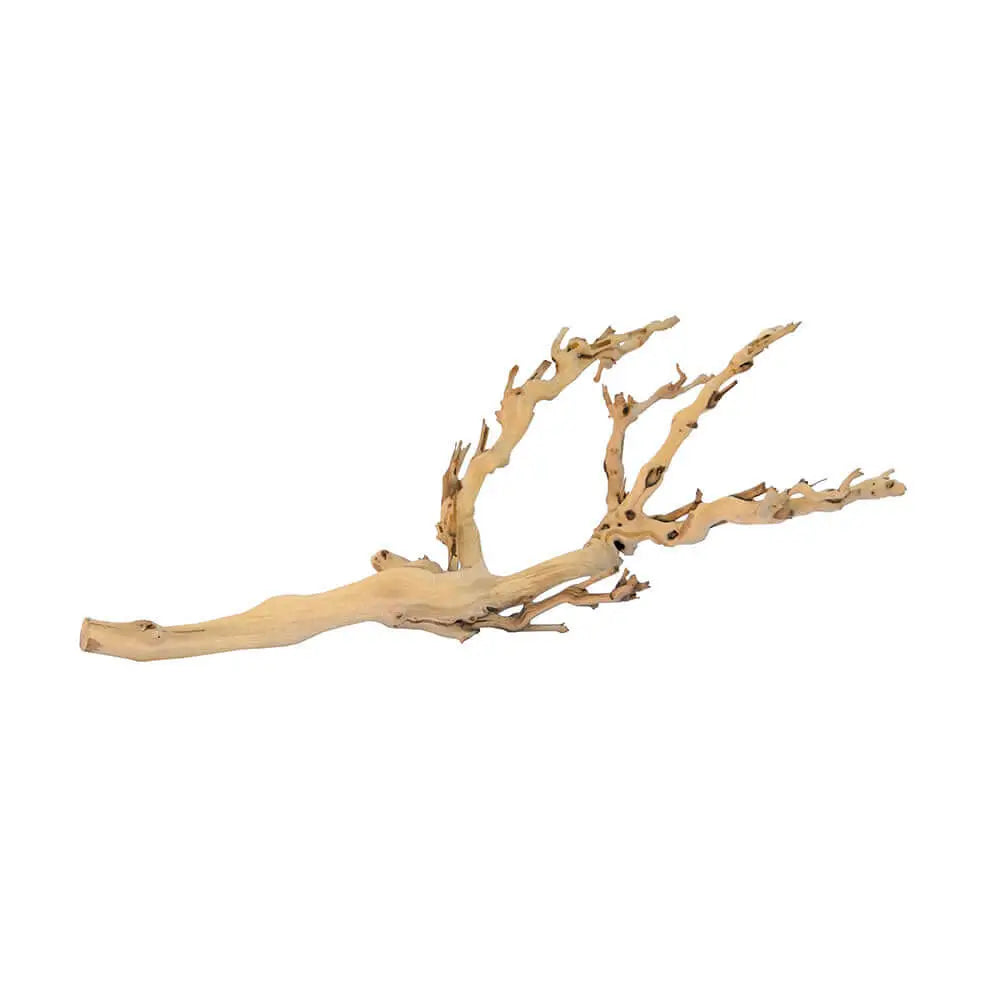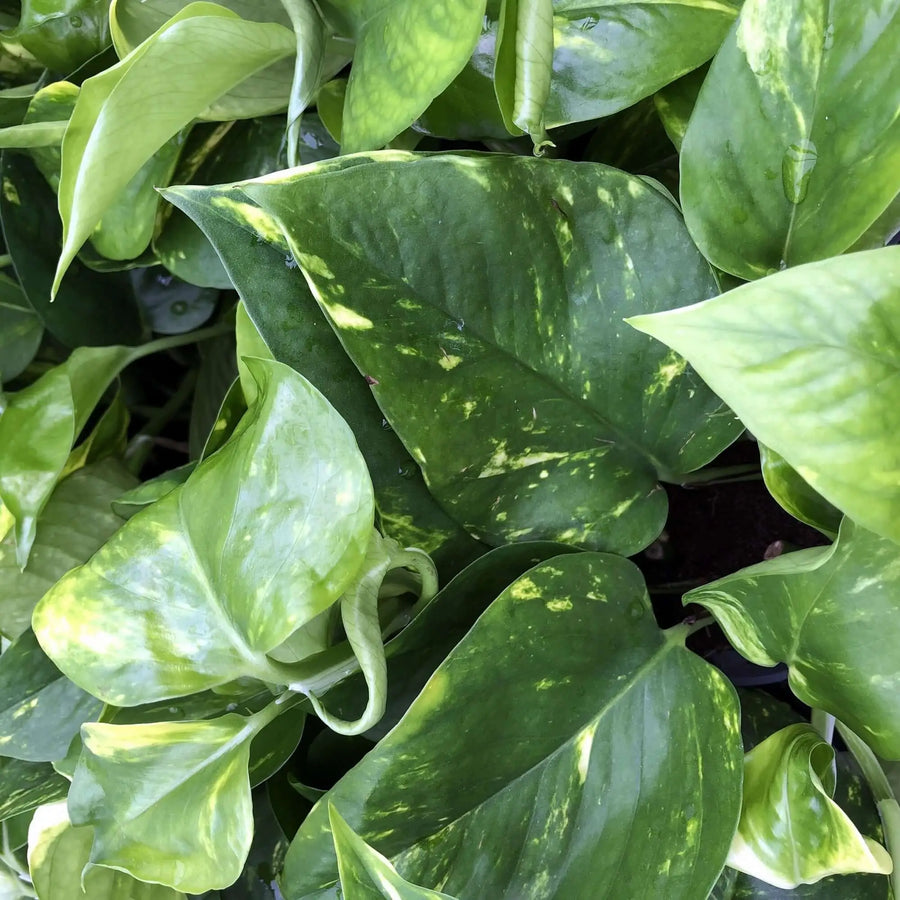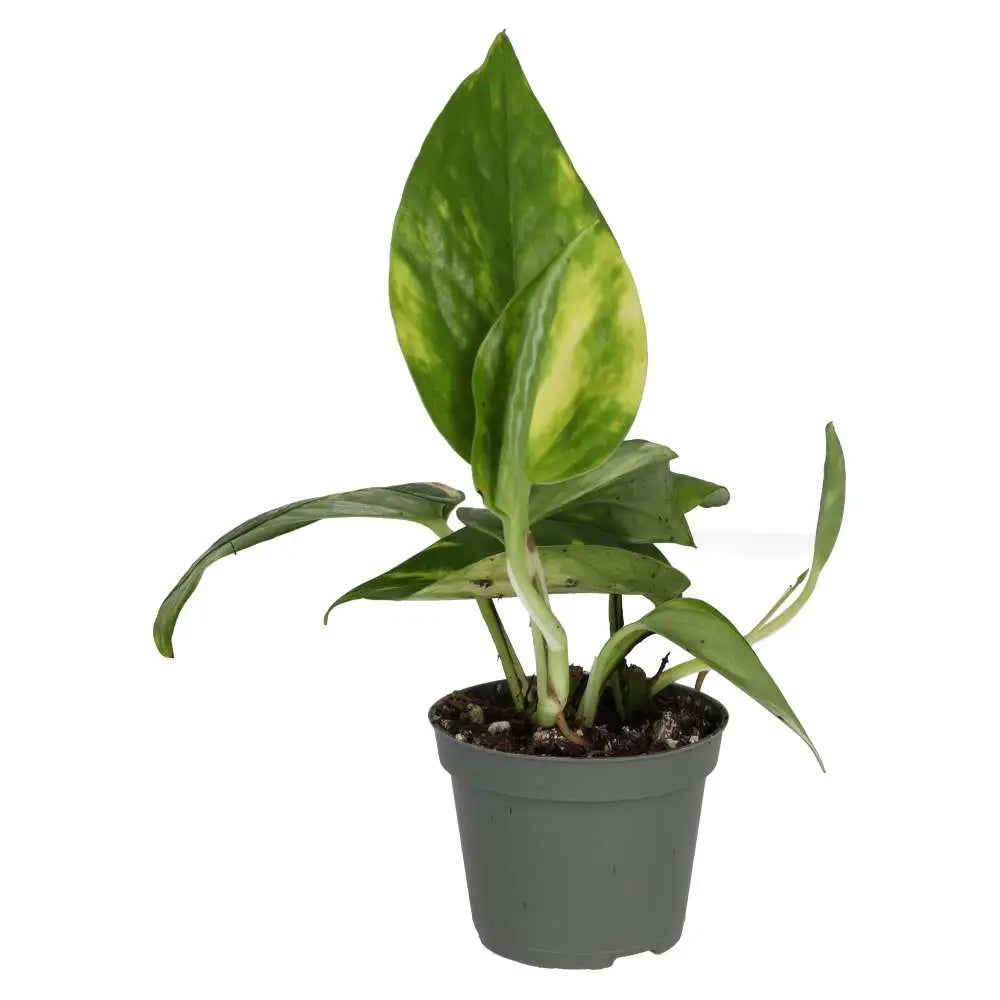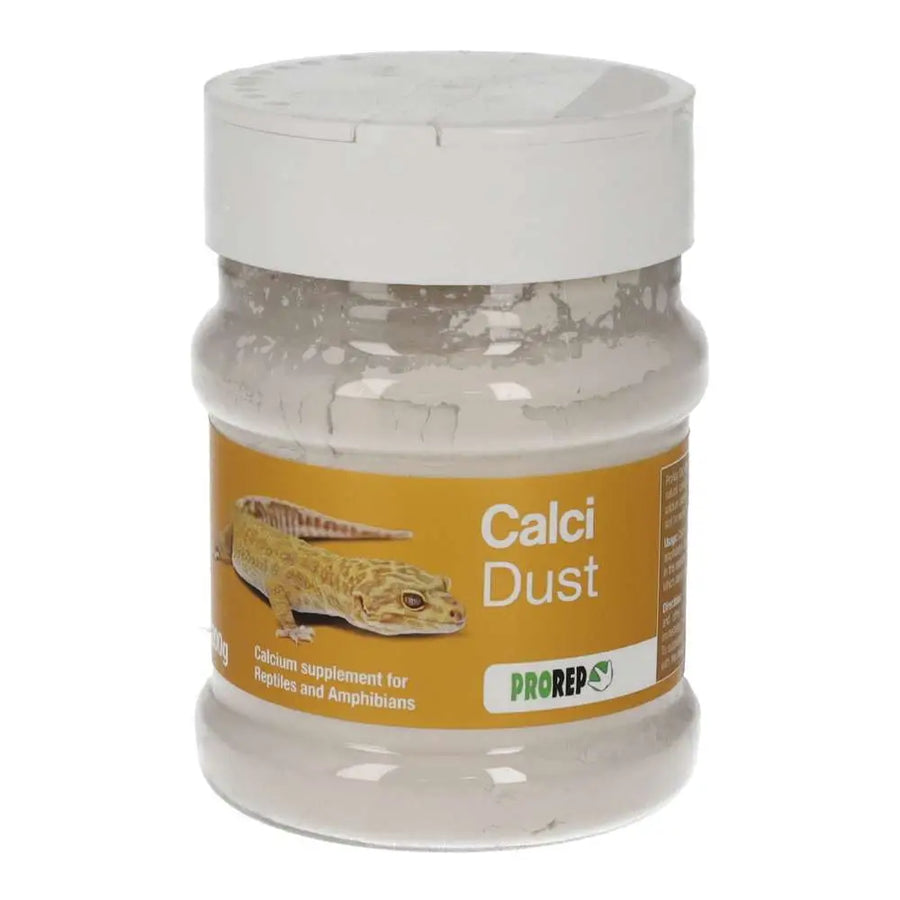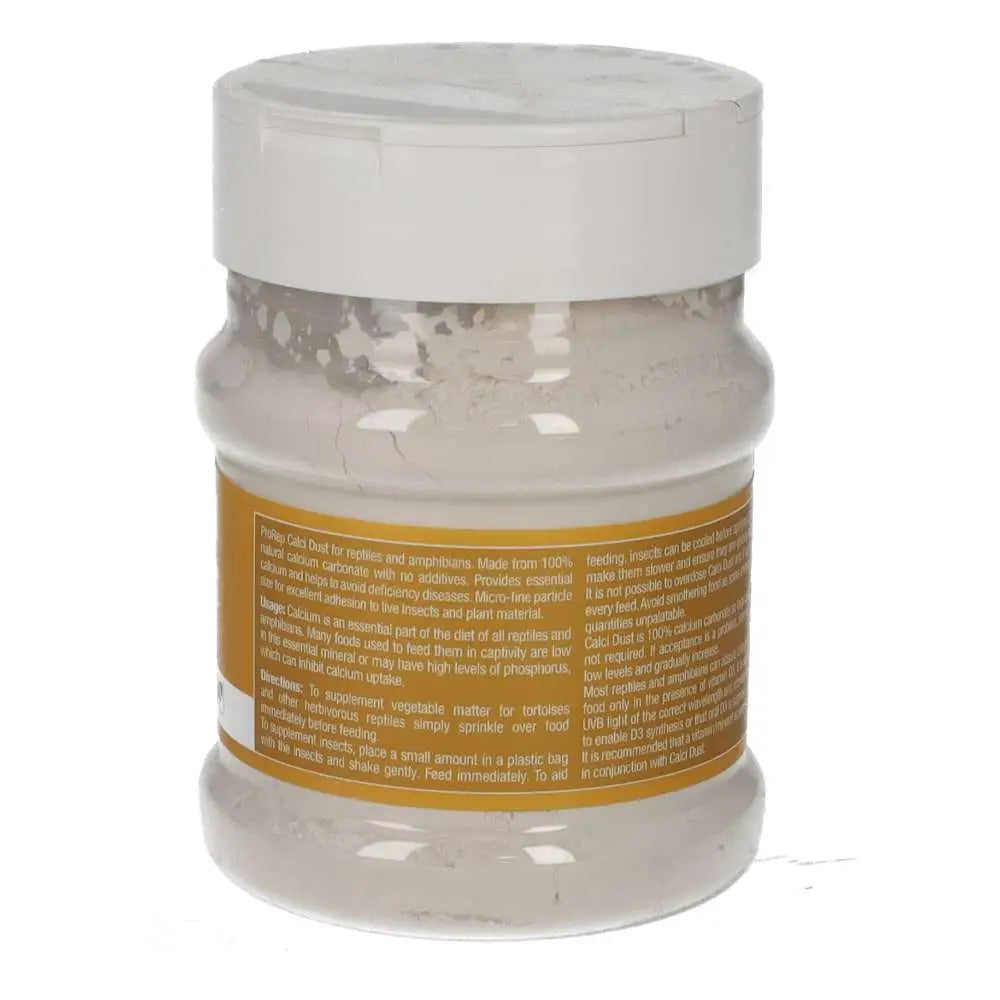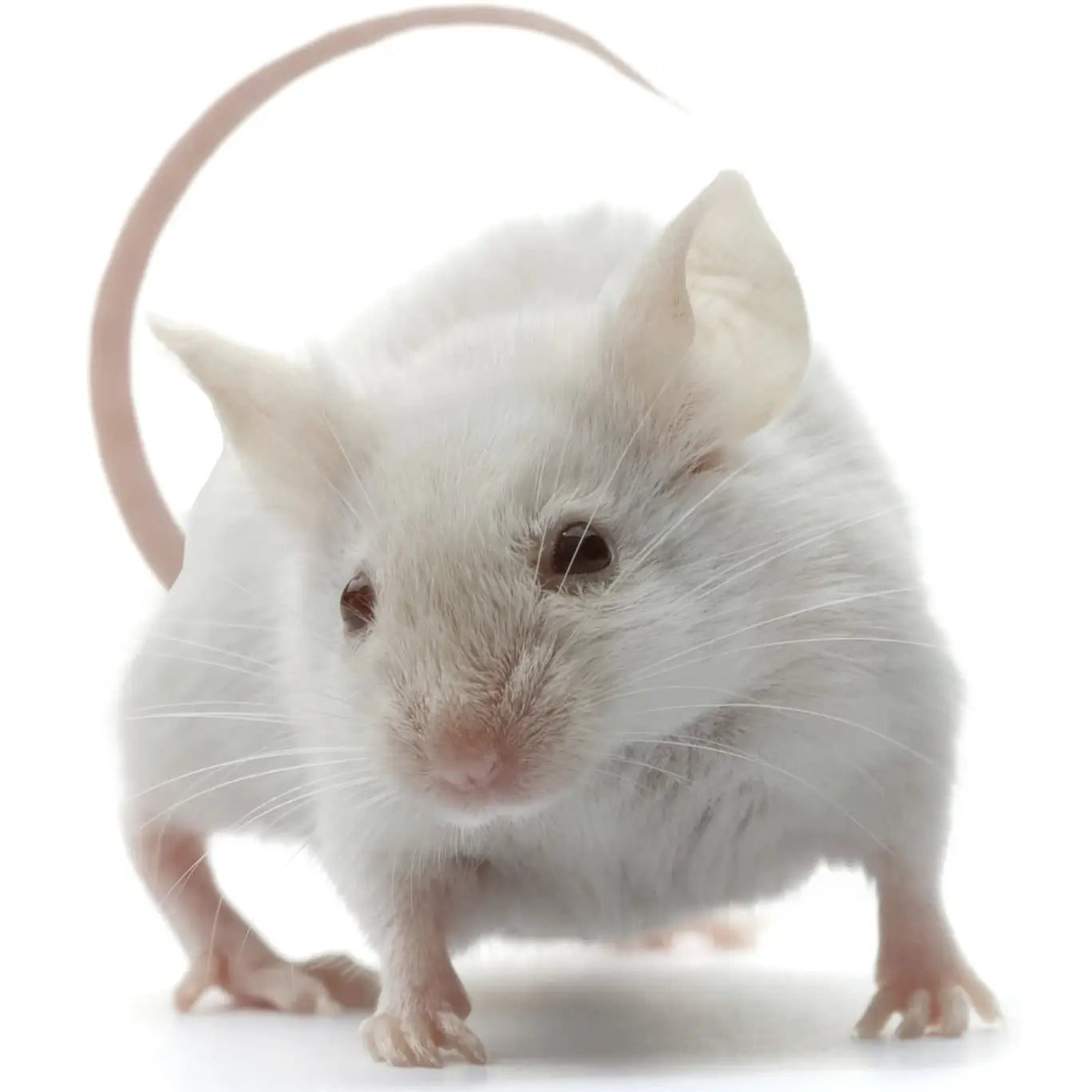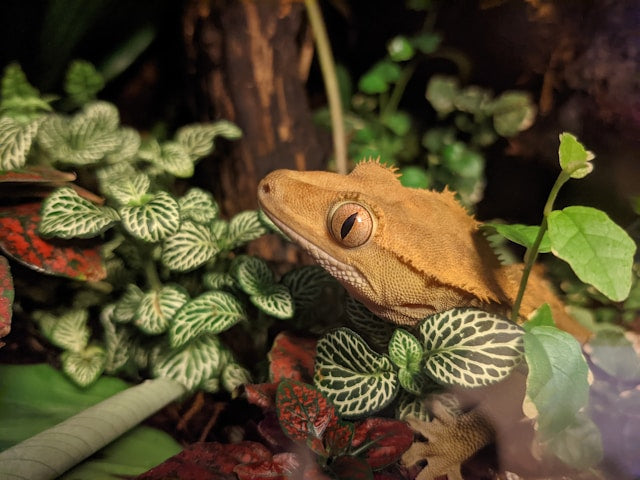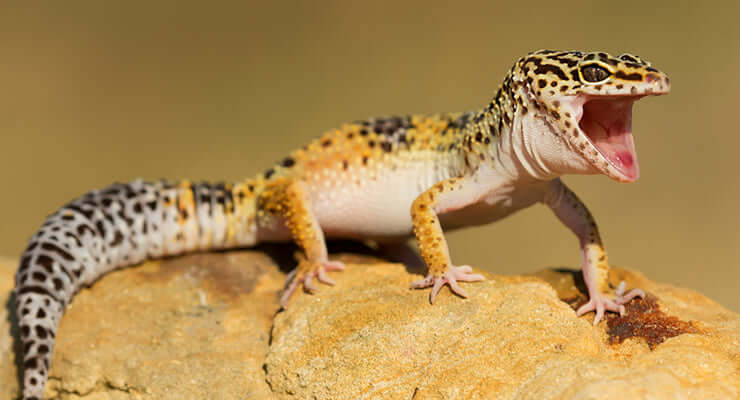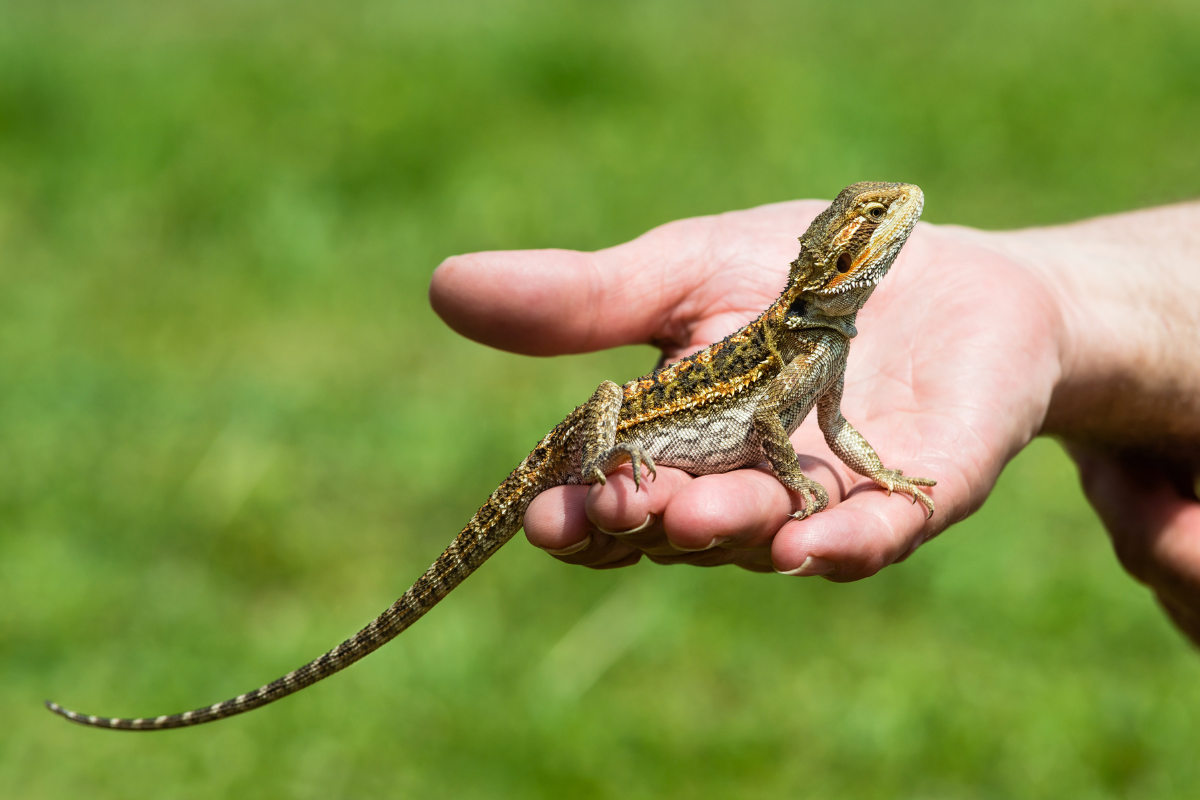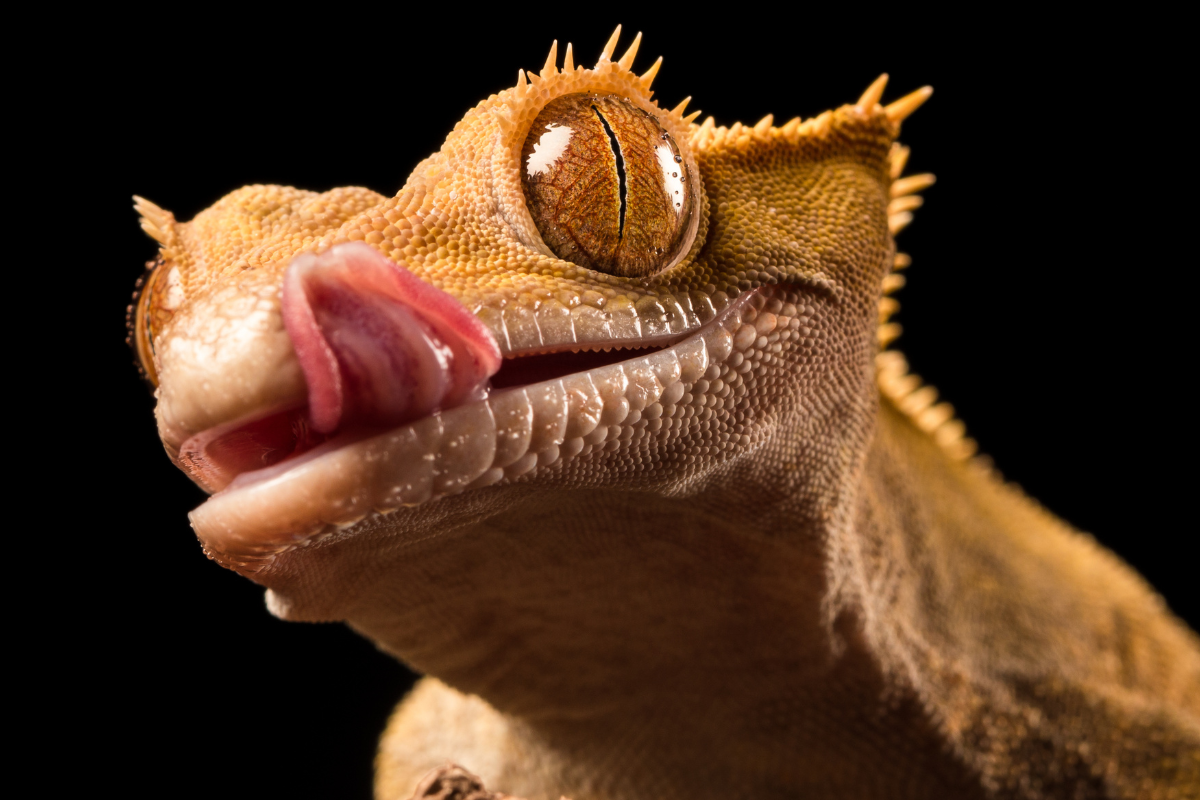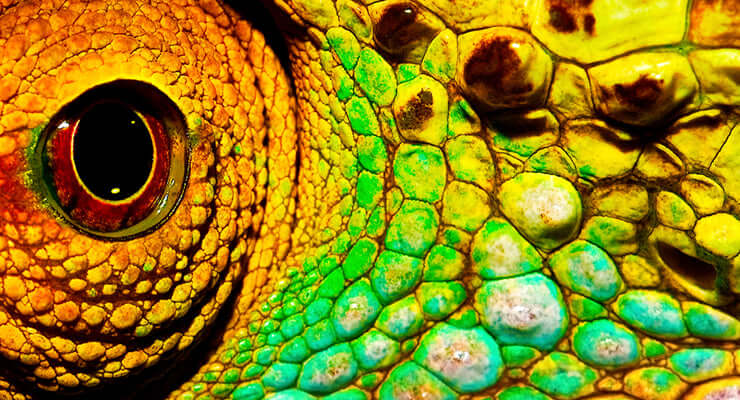
Top 6 Arboreal Lizards
by Luke Tansley on in Chameleons Geckos Lizards
At Northampton Reptile Centre we have noticed over Christmas and the new year that arboreal lizards have been very popular in store and we thought it might be helpful to outline the 6 most popular that we regularly keep.
In this post, we’ll highlight the top six arboreal lizards that make perfect pets for reptile enthusiasts.
We’ve tried to provide a mix of geckos, chameleons and lizards, a few pros and cons for each species. Let’s explore which species might be the perfect addition to your collection!
1. Crested Gecko

This little gecko, naturally found in New Caledonia, has been a major part of the reptile industry for a little while now.
They can be very colourful, easy to hold with a little experience and are very unlikely to display anti-social or aggressive behaviour.
Pros
We love these little geckos because caring for crested geckos and maintaining crested gecko setups are both very simple, making them a great option for first-time keepers and younger keepers.
With a variety of colour and pattern morphs now commonly available each is likely to be unique.
Also, now that bio-active enclosures are getting easier and easier to set up, you could have a stunning living environment with a happy and healthy gecko springing around inside.
Cons
This species can be a little quick when they are young. Recognising a jumping position and getting used to them jumping can be difficult.
They can drop their tail if scared or stressed which can be worrying for new keepers but with the proper guidance, this shouldn’t be too difficult to avoid.
2. Water Dragons

Water dragons used to be quite difficult to get hold of captive bred, but we have been seeing a steady supply of the Australian water dragon for a little while now.
Chinese water dragons can also be found but you’ll need to make sure that they aren’t wild caught as these don’t always fair as well in captivity.
Pros
Aside from the fact that they are visually stunning, these dragons tend to have a bit more personality and intelligence than little lizards and geckos.
They are also much larger than the other species on this list averaging 2-3ft in length (though a fair amount of this is tail).
With training, they can be handled and make great pets once they have grown up and calmed down a little bit. The larger wooden setups also provide more space to be creative with your decorations so you can treat it as a mini project.
Cons
They can be a bit quick and shy when they are younger and have sharp little claws so you might get scratched a little.
The enclosure is a little more complicated with internal day and night heat as well as UVB and humidity but it’s worth it once everything is set up.
We would normally recommend them for intermediate keepers but with proper instruction, anyone could keep one successfully and enjoy this species.
3. Yemen Chameleon

Probably the most popular and easy to find species of chameleon we sell. Yemen chameleons are bright green with a prominent veil for the males and can make a great pet.
Pros
While young they tend to be very interactive and will often leave the enclosure to try to climb their keeper.
Feeding this species by hand can be very exciting and their aim is normally terrific.
They are fairly inexpensive compared to other chameleons so they are a great entry level pet.
As with the crested gecko, Yemen chameleon setups can now be in a stunning natural enclosure, utilising hardwood and cork branched paired with a soil base and live plants.
Cons
Some males once grown can be a little shy. It’s not uncommon for them to turn sideways on and try to display as larger than they are if they aren’t sure about being handled.
It’s normally just for show and can be tamed out with regular handling, they rarely actually bite or get aggressive so as long as you know how to recognise the behaviour, it’s no problem at all.
4. Day Gecko

Day geckos have been the MVP of past seasons and seem to be the species we get the most questions about, mainly the Phelsuma grandis (Madagascan day gecko).
Pros
They are quite often active making them a great addition to a display unit.
They are generally bright green with vivid red or orange down the head and spine, some can have blue or yellow patches, so they are quite easy to spot in the enclosure and they look amazing.
These take to natural enclosures really well especially enjoying tall plants like the Ficus benjami and bromeliads. The setup and care of day geckos is similar to the crested gecko so they are also very easy to keep.
Cons
They are generally pretty quick and whilst we have customers that handle theirs easily it’s a bit harder to catch and hold them.
If you are after a species that beginner keepers or younger keepers could handle confidently it might be better to look at the crested gecko.
Having said that it’s so much more rewarding when you manage to gain this little lizards trust.
5. Panther Chameleon

Panther chameleons are the ideal chameleon for new or intermediate keepers. They are very bright in colour and these colours will change based on breeding and locality making each individual quite unique.
Unlike the Yemen chameleon, these are more likely to be much more interactive into adulthood and are normally quite eager to get out of their enclosure for a little love and exploration.
Pros
Feeding this species is a spectacular experience as their tongue it quite long and their aim is excellent. We’ve had a lot of fun capturing them in slow motion and mid-strike to show customers in-store or share on social media.
They love high humidity and relatively warm basking lamps making them well suited to a tropical enclosure which could be set up with artificial or live plants depending on the intended effect.
The setups could be 3-4ft tall and 2-4ft in width so you can have a fairly compact space making it easy to care for panther chameleons, or a massive space providing loads of room for creativity.
Waterfalls, live and artificial plants, automatic spraying systems, specialist lighting and automatic dimmers, there’s almost no end to how specialised you can make this kind of enclosure.
Cons
This species is a little harder to get hold of, especially if there is a specific locality or colour combination you are after.
They can be a bit more sensitive than other species so the enclosures need to be spot on from day one.
They are a little more expensive than the other species in the list and females can’t normally be kept on their own as there is a risk of them perishing ‘egg-bound’.
6. Tokay Gecko

This one was a shock for us as all, common sense says that these wouldn’t be too popular. Visually they are normally blue with orange spots, interesting so far.
Tokay gecko setups aren't too different to the Day or Crested geckos, so pretty easy. They bark for territory or just randomly through the night which could be considered an attractive quirk, but overall this gecko is just mean.
They can be very quick when they want to be, they are normally adverse to handling or any physical contact and they are quite quick to go for stray fingers. We have heard tale of tame and friendly tokays, but we are yet to see one.
Their default mode tends to be:
- Find it
- Hiss at it
- Bite it (sometimes skipping stage 2)
Pros and cons don’t really apply to this species, as the people keep them love all of the aspects we would consider a con: the behaviour, the fact that they are pretty much nocturnal, and the vocalisation.
Each to their own in the end! They are beautiful species and can be a great and often welcome challenge to experienced keepers.
Final Thoughts

There’s our list! To summarise arboreal reptiles can be shy, well camouflaged and quick but they can also be highly active, highly interactive, stunning species.
Many of the species that require cooler temperatures (arboreal geckos mostly) are perfectly suited to natural forest and jungle enclosures.
For any information on the setups or care please email us at sales@reptilecentre.com or call us on 01604753823.
If you have any suggestions, please let us know in the comments which your favourite is and why!


